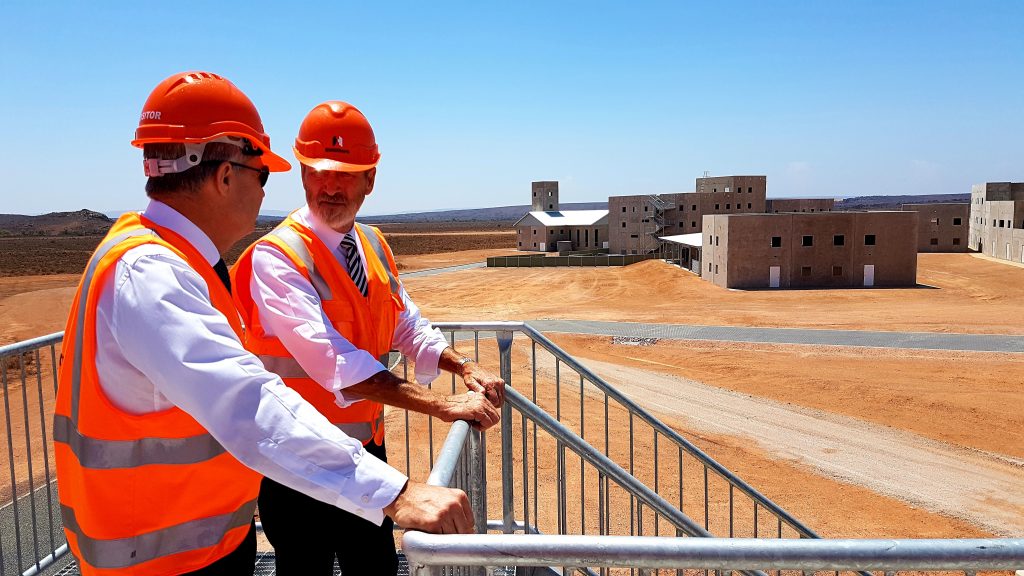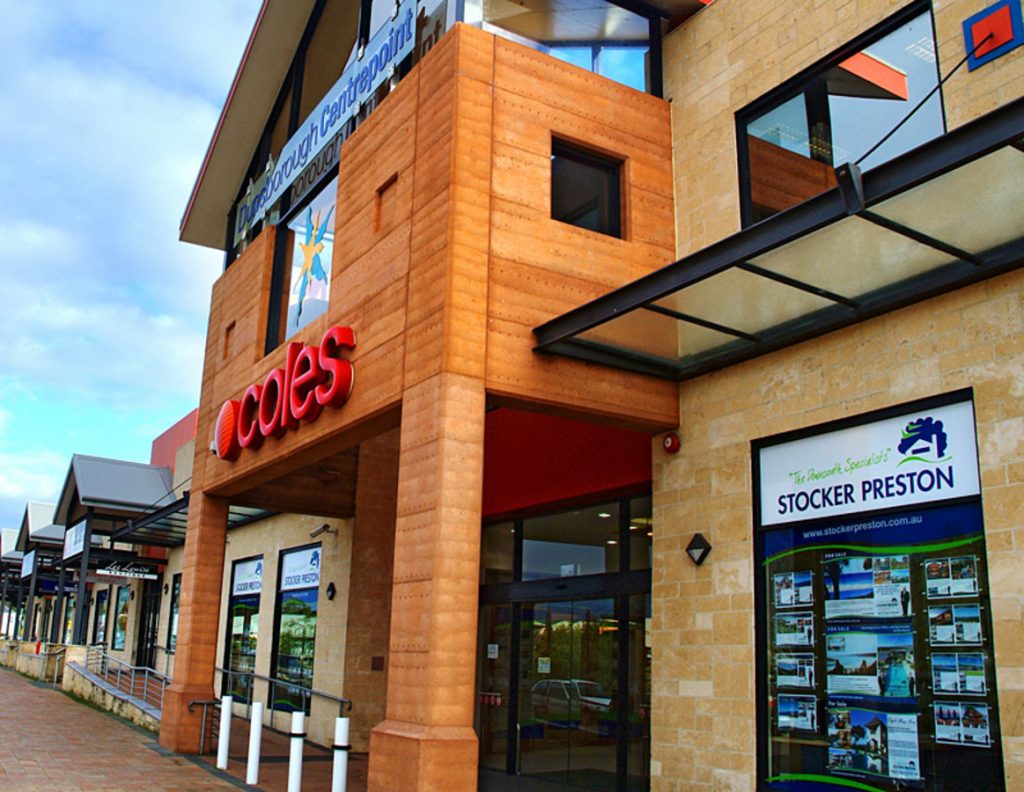The Cultana solar farm will go ahead, having received planning approval from the South Australian government. Let’s take a closer look at the project.
Cultana Solar Farm to go ahead
The Cultana solart farm will be a 280MW solar farm being developed by Simec Zen Energy Australia. The project is set to commence construction within the next 12 months. It’ll be constructed on land next to the Whyalla Steelworks, who are currently expanding via Sanjeev Gupta and GFG Alliance (and who will undoubtedly need more power in the coming months and years).
Sanjeev Gupta and GFG Alliance’s $1b fund to help support solar power in the Whyalla will be tapped for the Cultana project – despite some blowback from Adani Renewables who have bizarrely asked that the project be assessed by the Federal Department of the Environment under the EBPC Act. Adani have raised concerns about the potential impact on animals such as the threatened western grass wren and the slender-billed thornbill. They also discussed the problems with impact to Aboriginal heritage, dust, and traffic impacts. Seems strange given their own project will undoubtedly be scrutinized for the same reasons, but they must have a plan…
The project was signed off by SA Minister for Planning Stephan Knoll who put some restrictions on the approval. Simec have been asked to submit Environmental Management Plans for the construction and the operation phases of the Cultana Solar Farm.
According to RenewEconomy, the $350M project will generate 600GWh of electricity per annum. This project is tipped to create 350 jobs during construction and 10 ongoing operations solar jobs after it’s completed. It’s expected to contribute savings of 492,000 tonnes of co2 emissions per year.

“There is a great future for energy‐intensive industries in Australia,” Sanjeev Gupta was quoted as saying.
“This the first step in GFG leading the country’s industrial transition to more competitive energy.”




